What is the Digital Millennium Copyright Act?
Overview
The Digital Millennium Copyright Act (DMCA) was signed into law in 1998.
DMCA has five Titles:
Title I ensures the Act’s compliance with WIPO (an international copyright treaty),
Title II limits liability of online service providers (OSPs),
Title III allows temporary, limited copies during ongoing computer repair work,
Title IV contains Miscellaneous Provisions, and
Title V provides new protections for boat hull designs.
Title II is the principal change that DMCA creates in U.S. copyright law.
Who is a Service Provider?
“The term ‘service provider’ means an entity offering the transmission, routing, or providing of connections for digital online communications, between or among points specified by a user, of material of the user’s choosing, without modification to the content of the material as sent or received.” Digital Millennium Copyright Act, 112 Stat. 2860, 2886 (1998).
“Safe Harbor” Provision
Title II of the DMCA provides online service providers with a safe harbor provision, limiting their direct and indirect liability in infringement cases. 17 U.S.C. § 512 (2010). This safe harbor provision applies if the OSP:
(i) does not have actual knowledge that the material or an activity using the material on the system or network is infringing;
(ii) in the absence of such actual knowledge, is not aware of facts or circumstances from which infringing activity is apparent; or
(iii) upon obtaining such knowledge or awareness, acts expeditiously to remove, or disable access to, the material;
Digital Millennium Copyright Act, 112 Stat. 2860, 2880 (1998).
Before removing the copyright material, an OSP must receive a written notification of claimed infringement.
Notification of Infringement
The notification to OSPs must include:
A physical or electronic signature of a person authorized to act on behalf of the owner of an exclusive right that is allegedly infringed.
Identification of the copyrighted work claimed to have been infringed (or a list thereof)
Identification of the material that is claimed to be infringing . . . and information reasonably sufficient to permit the service provider to locate the material.
Contact information of the complaining company.
A statement that the complaining party has a good faith belief that use of the material in the manner complained of is not authorized by the copyright owner, its agent, or the law.
A statement that the information in the notification is accurate, and under penalty of perjury, that the complaining party is authorized to act on behalf of the owner of an exclusive right that is allegedly infringed.
Digital Millennium Copyright Act, 112 Stat. 2860, 2881 (1998).
Counter Notification by the Subscriber
A counter notification is a written communication provided to the service provider’s designated agent that includes substantially the following:
A signature of the subscriber.
Identification of the material that has been removed or to which access has been disabled and the location at which the material appeared.
A statement under penalty of perjury that the subscriber has a good faith belief that the material was removed or disabled as a result of mistake or misidentification of the material to be removed or disabled.
The subscriber’s contact information, and a statement that the subscriber consents to the jurisdiction of Federal District Court for the judicial district in which the subscriber is located.
*Disclaimer: this blog post is not intended to be legal advice. We highly recommend speaking to an attorney if you have any legal concerns. Contacting us through our website does not establish an attorney-client relationship.*

